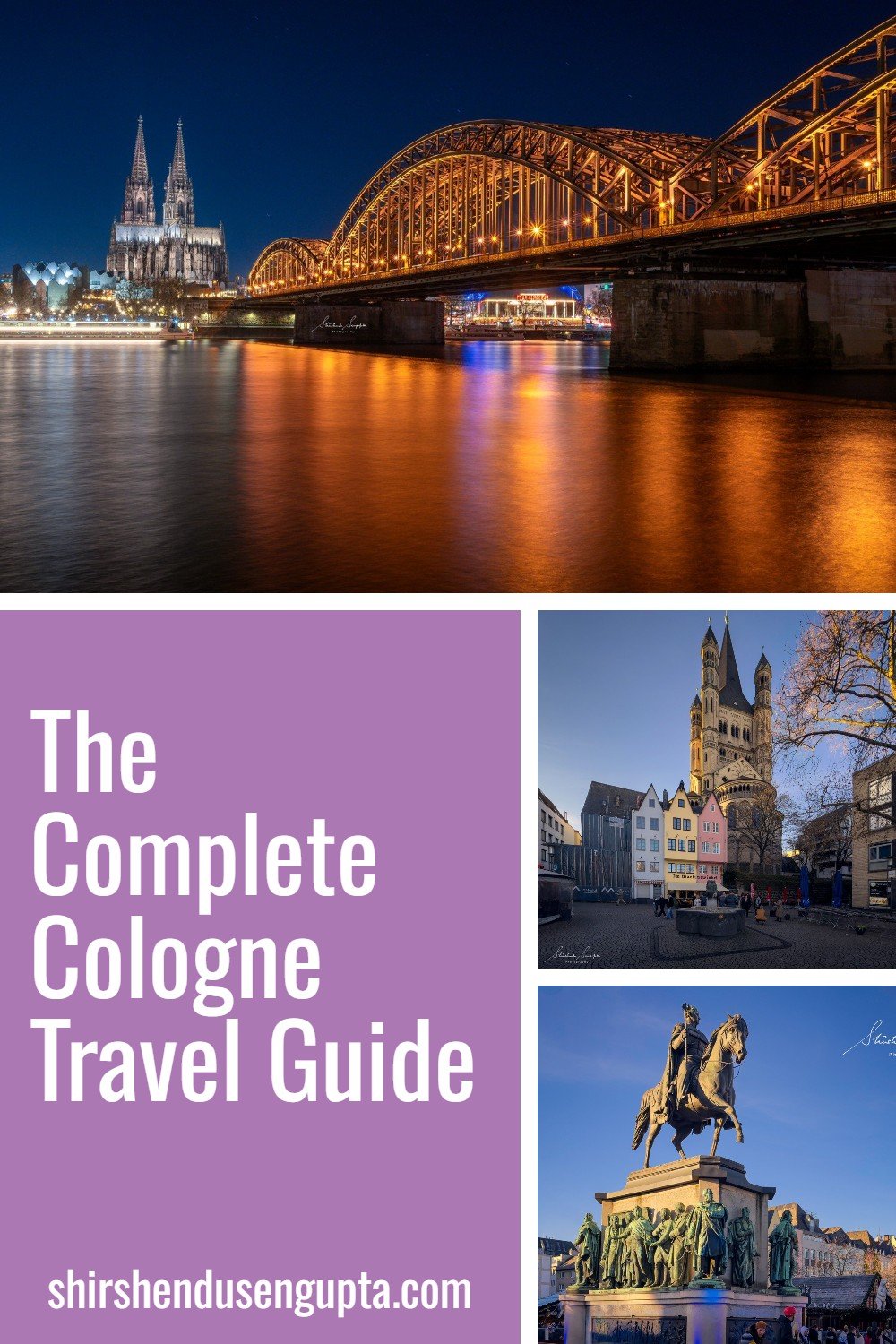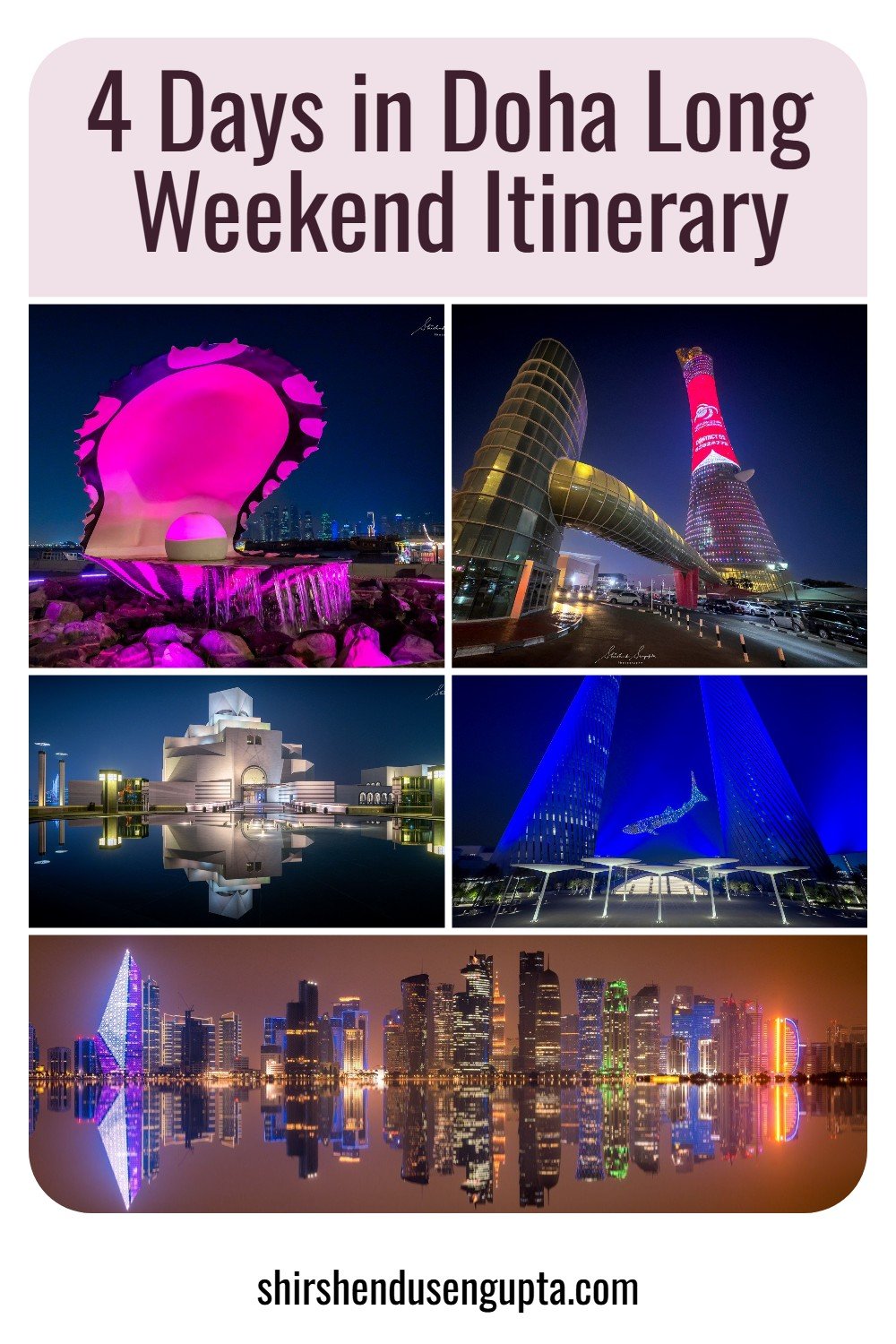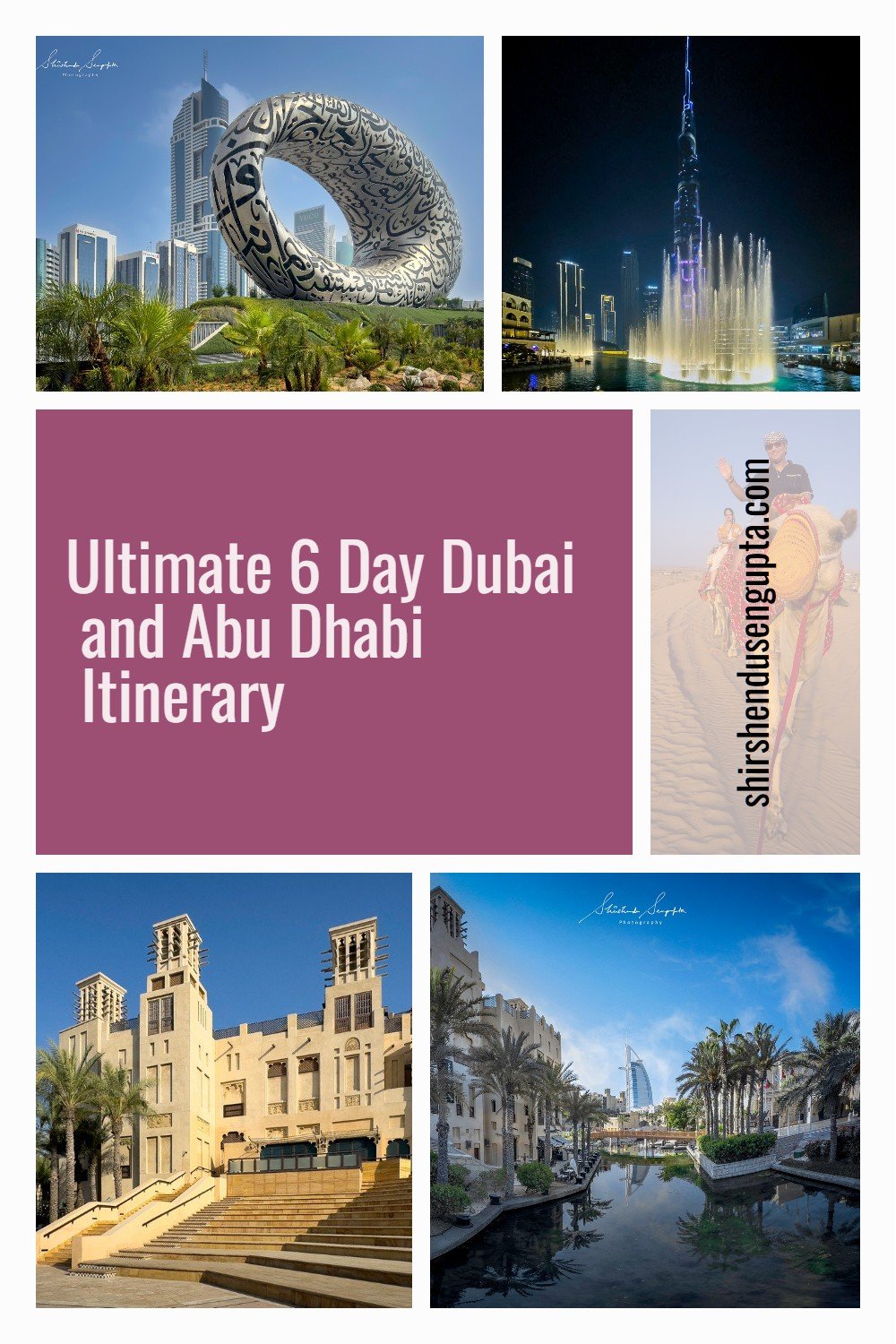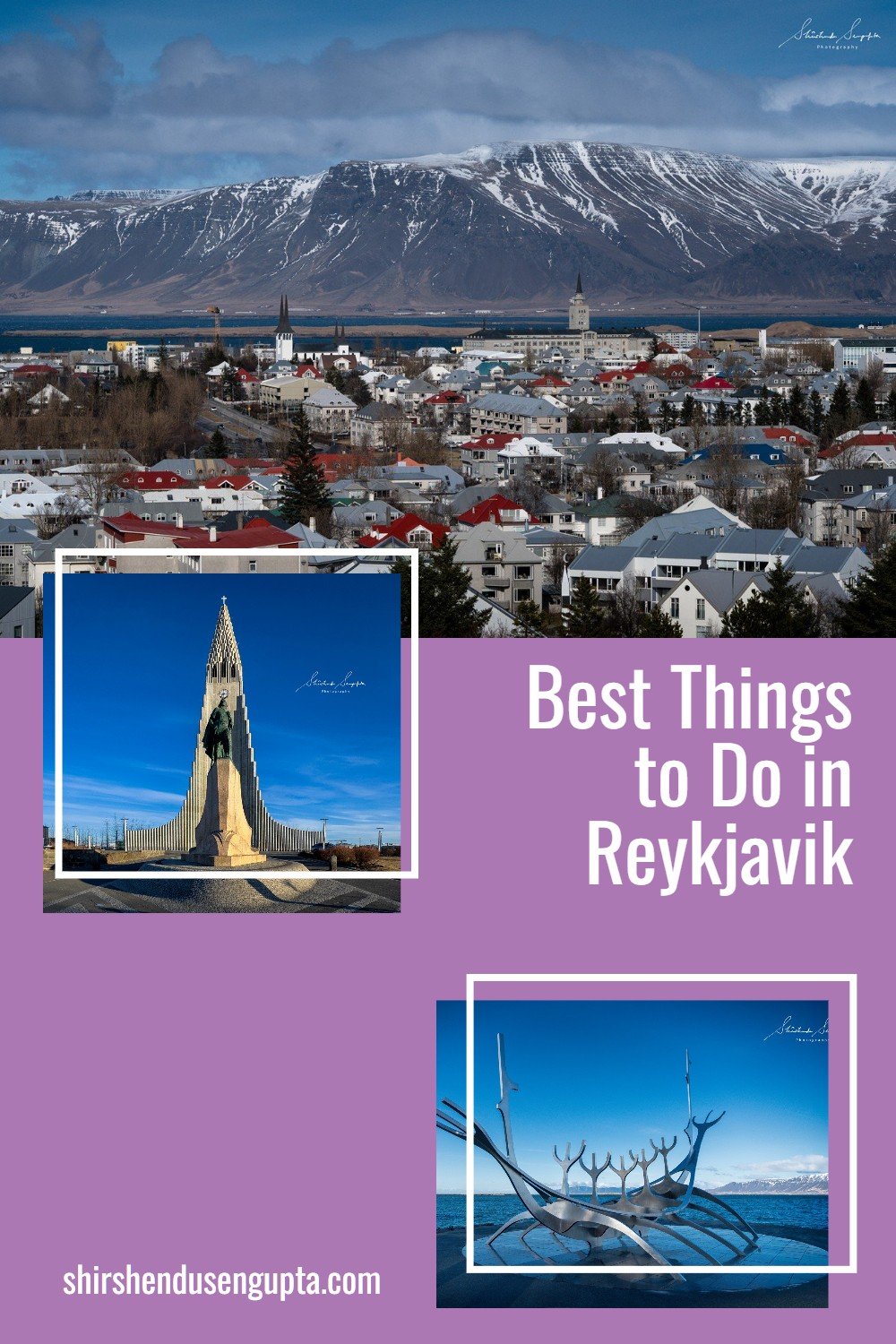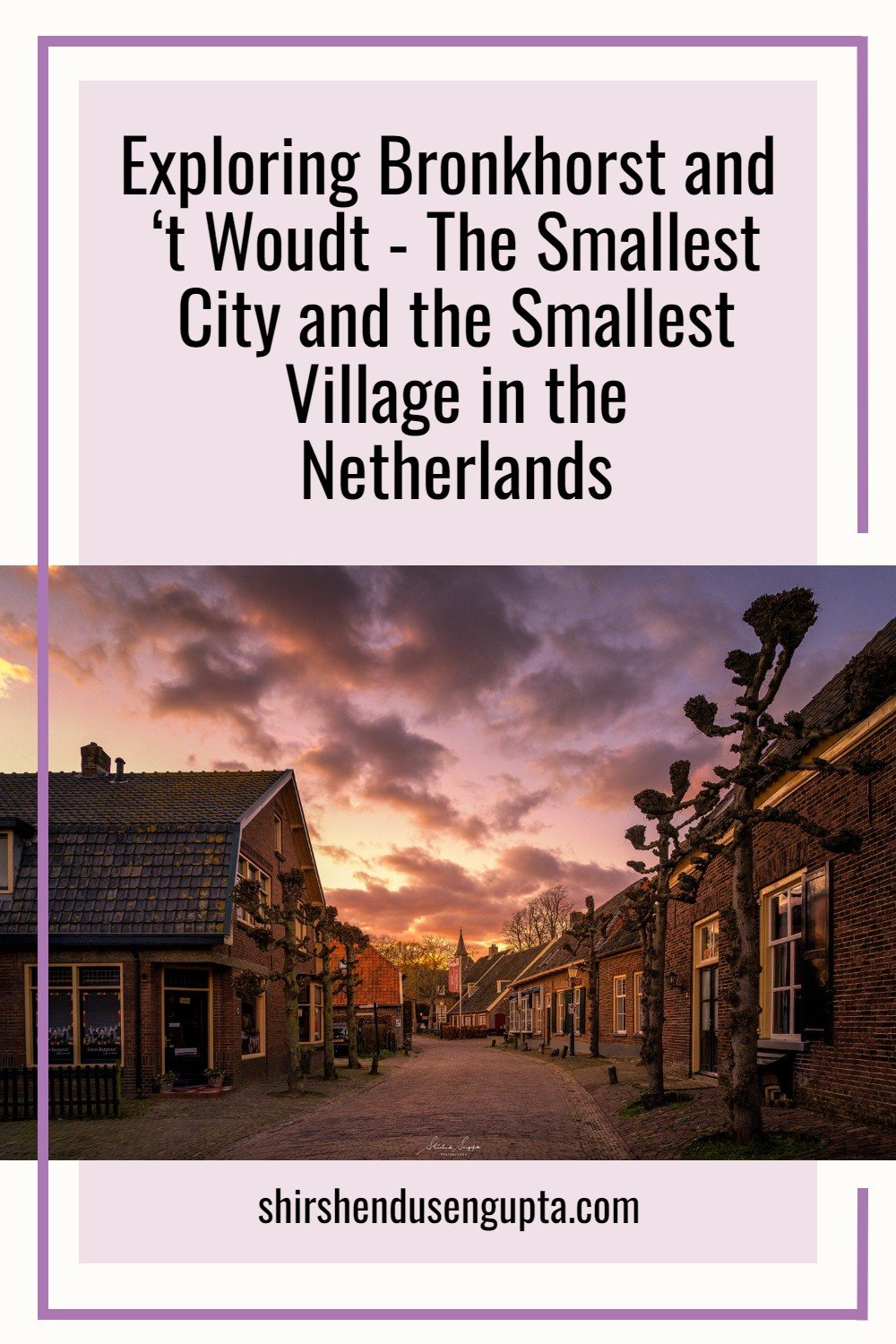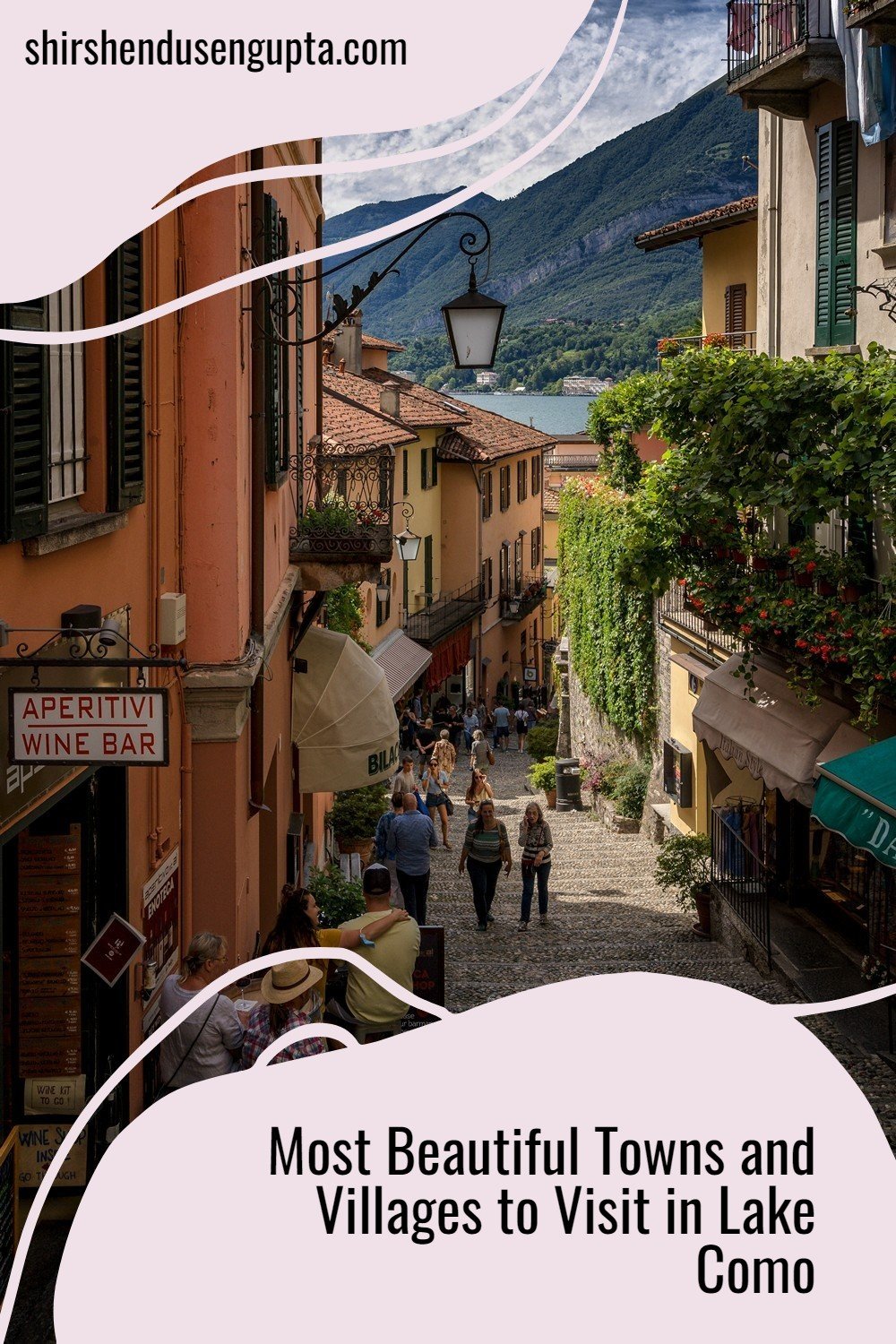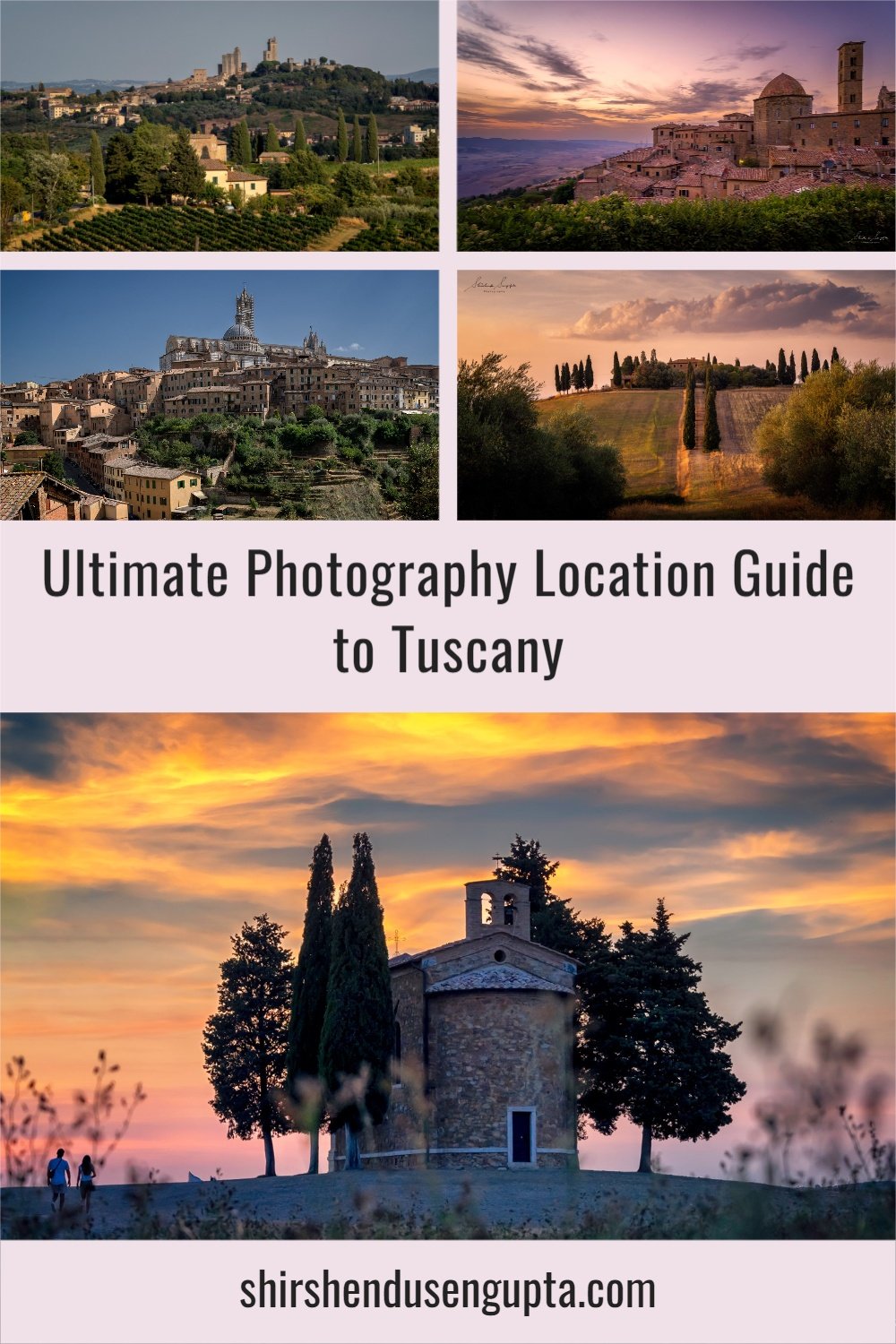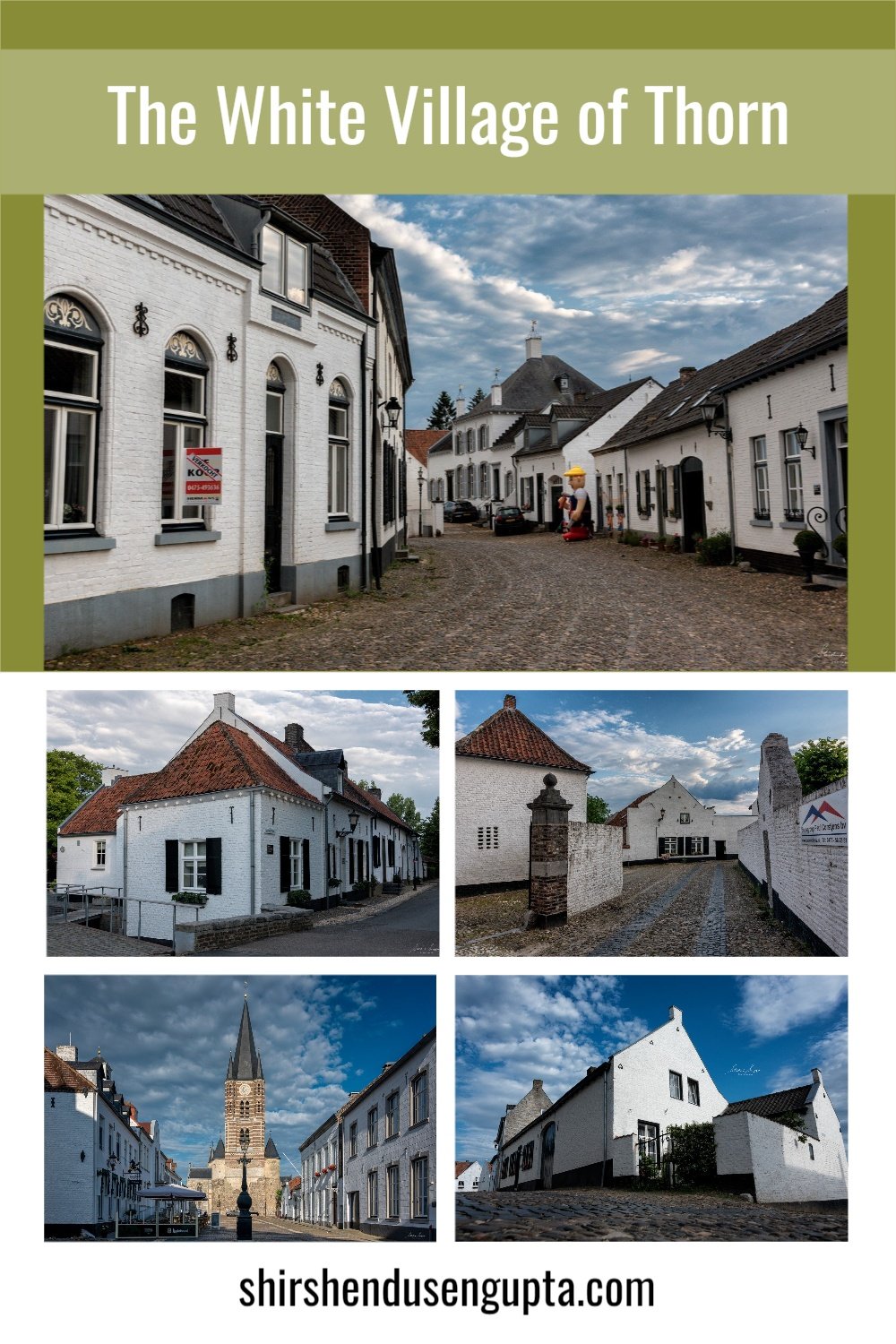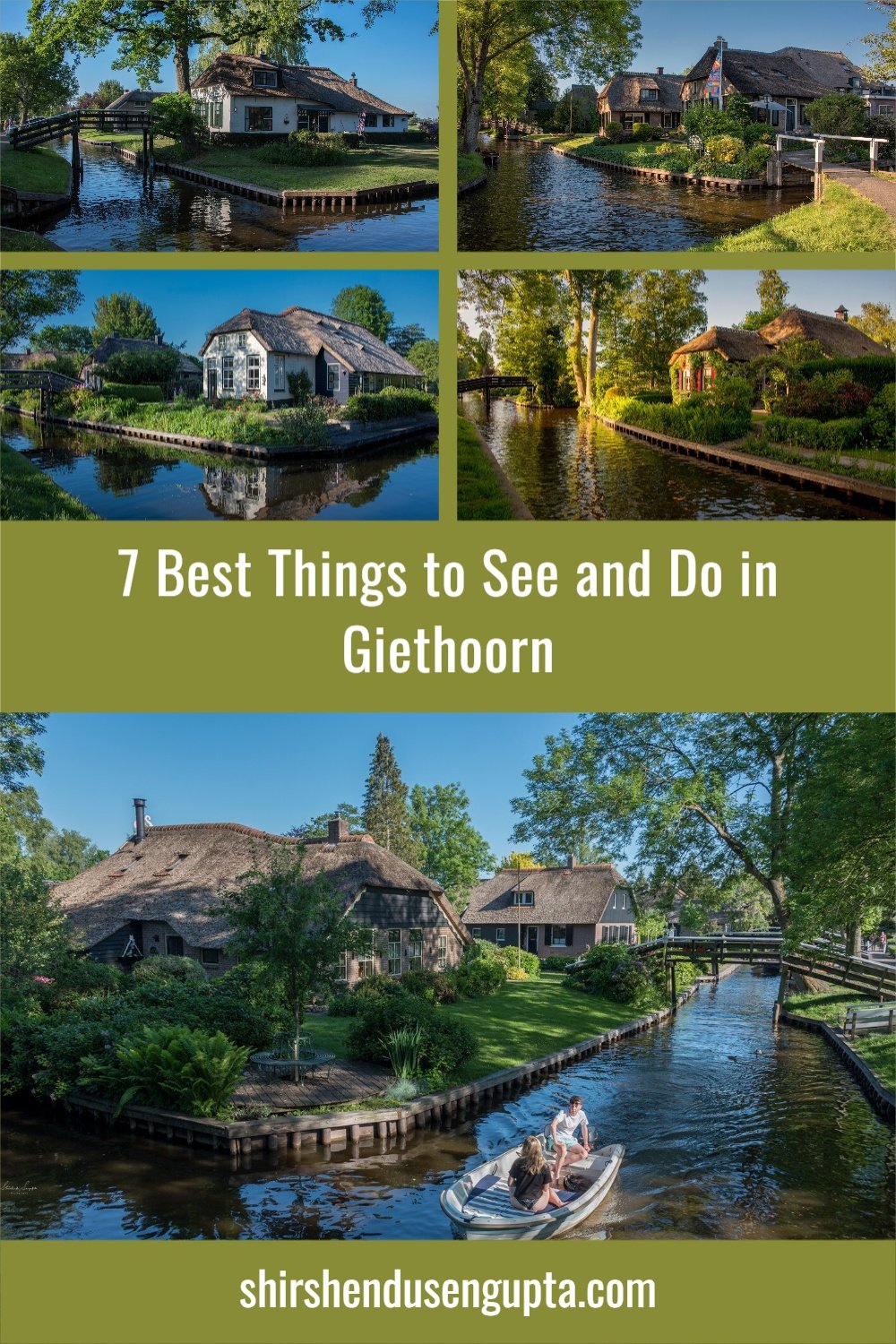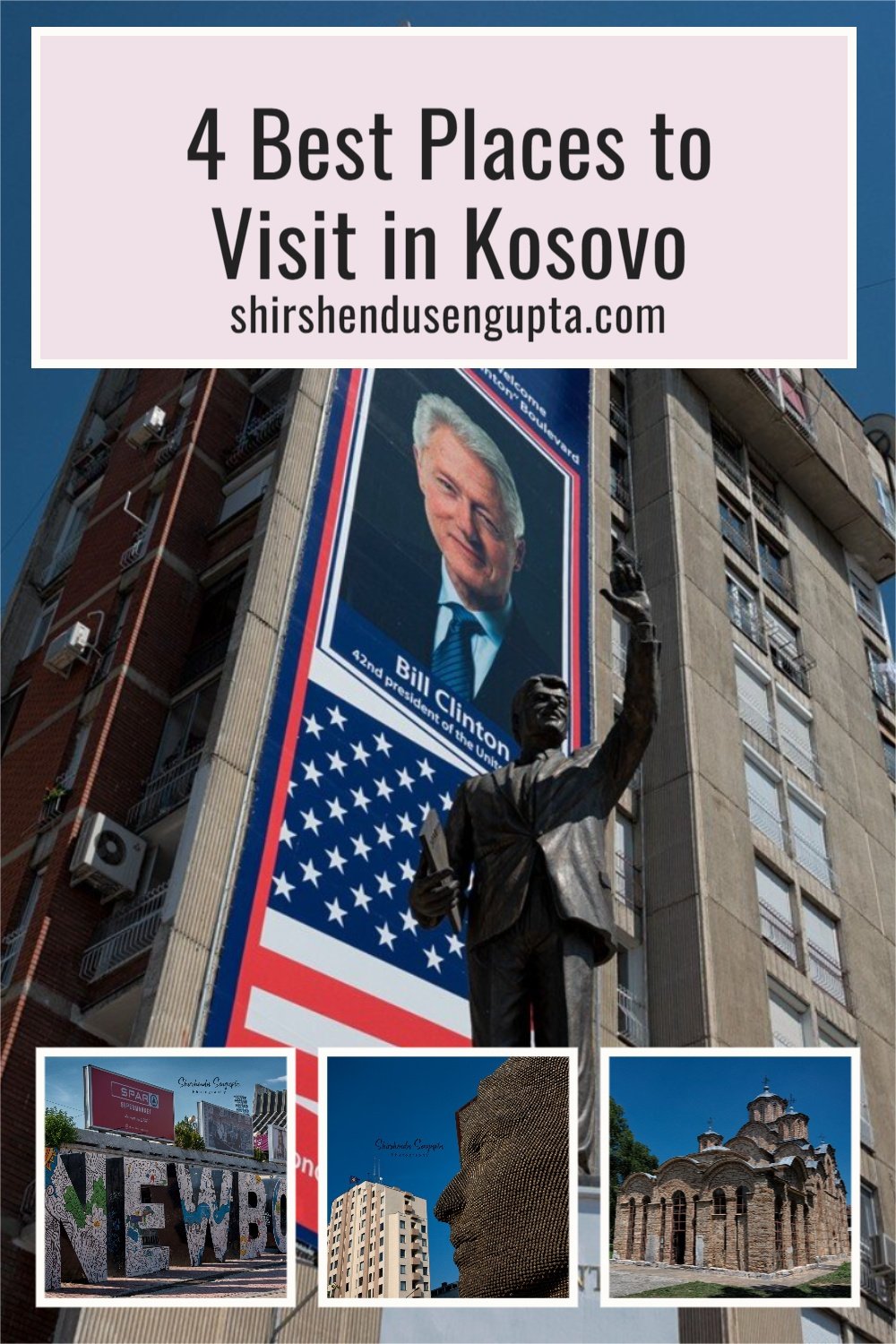1-Day in Tetouan Itinerary | 15 Best Things To See and Do in Tetouan on a Day Trip from Tangier, Morocco
Prologue
During a memorable Easter, we set out on an epic adventure, ‘Where Europe Meets Africa | 7000 km Road Trip from the Netherlands to Morocco through Wine Roads, Holy Sites, and Clifftop Towns of France, Spain, and Gibraltar | Itinerary, Tips, and Tricks’ (blog article coming soon). What started as a casual idea soon unfolded into one of the most memorable experiences of our lifetime. Along the way, we wandered through medieval villages, sipped wine in quiet French vineyards, stood in awe at ancient cathedrals and abbeys, drove along coastal cliffs, and watched the cultures of Europe slowly melt into the soulful rhythms of Morocco.
Among the many places we explored, Tetouan captured our hearts in a special way. Nestled between mountains and the Mediterranean Sea, the city felt calm, graceful, and steeped in centuries of cultural fusion. Its medina welcomed us with whitewashed alleys, lively markets, and the echoes of Andalusian traditions carried across the sea long ago. The blend of Spanish and Moroccan influences gave Tetouan a unique character that felt both historic and refreshingly alive. So, based on our experience, today I’m going to take you along with me on a ride across the 15 best things to see and do in Tetouan. Let the journey begin!
Welcome to Morocco
Morocco is a land where vivid colors, ancient traditions, and diverse cultures converge, from the sweeping sands of the Sahara to the cool, windswept shores of the Atlantic and Mediterranean. Berber, Arab, and European influences shape its identity, leaving behind a rich heritage etched into its architecture, cuisine, and way of life. In Northern Morocco, the spirit of Andalusian elegance meets the charm of the Mediterranean coast. Walled medinas and narrow streets tell tales of centuries past, while the surrounding Rif Mountains frame the city in quiet majesty.
Among the treasures of this region is Tetouan, a city often called “La Blanca” or “The White Dove” (“Hamama” in Arabic), for its whitewashed buildings that symbolize peace and purity. Its UNESCO-listed medina preserves centuries of Andalusian and Berber culture, with artisan workshops, intricate tilework, and serene courtyards tucked behind every corner. Tetouan’s Spanish-influenced quarter adds another layer, blending European architecture with Moroccan traditions. Walking through the city feels like stepping into a living story, where history, art, and daily life converge. Whether exploring the medina’s labyrinthine alleyways, admiring grand plazas, or taking in panoramic views from the surrounding hills, Tetouan invites travelers to slow down, soak in its heritage, and experience Northern Morocco through a timeless and authentic lens.
About Tetouan
Nestled between the Rif Mountains and the Mediterranean coast, the UNESCO World Heritage town of Tetouan carries an identity shaped by its location, history, and cultural soul. Known as La Blanca or The White Dove, the city gleams with whitewashed buildings that reflect purity, elegance, and a deep connection to its Andalusian past. Tetouan flourished in the fifteenth and sixteenth centuries when Muslim and Jewish refugees crossed from Spain, bringing with them a legacy of art, architecture, language, and craftsmanship that continues to define the city’s atmosphere. Their influence is visible in the medina’s delicate wooden balconies, tiled courtyards, and intricate carvings that mirror the traditions of Andalusia.
The medina of Tetouan is one of the most authentic urban spaces in Morocco. Unlike the busier medinas of Tangier or Chefchaouen, this one serves mostly locals, which preserves its genuine charm. As you walk through its narrow alleys, you are greeted with workshops of leather artisans, metalworkers, and weavers who continue time-honored crafts. Spanish colonial architecture shapes another part of the city created during the Spanish Protectorate from 1912 to 1956, and this area adds European character through art deco buildings, fountains, and wide plazas. With museums, palaces, and traditional neighborhoods, Tetouan remains a deeply cultural and historically rich city.
15 Best Things To See and Do in Tetouan
Enter Tetouan’s Old Medina through Bab al Okla, which also houses the Ethnographic Museum
Bab al Okla serves as the gateway into Tetouan’s historic world, a commanding stone entrance that marks the transition from the modern city into the living heritage of the Medina Qadima (Old Town). As one of the main gates, Bab al Okla historically regulated trade and controlled movement in and out of the fortified town. Its thick walls and solid arches echo the defensive architecture of the fifteenth and sixteenth centuries when Tetouan was rebuilt by Andalusian refugees. Standing before it, you can almost imagine merchants entering with textiles, spices, and pottery, while guards monitored the flow of goods and travelers.
Passing through the gate, the sounds of the medina immediately envelop you. Narrow corridors reveal glimpses of daily life, from the aroma of fresh bread to the chatter of artisans at work. Bab al Okla also houses the Ethnographic Museum, which is located in a former fortress building overlooking the medina. The museum showcases traditional clothing, agricultural tools, jewelry, and domestic items that paint a picture of Rif and Andalusian culture. Visitors gain insight into how people in the region lived and worked through the centuries. Beginning the day at Bab al Okla sets the tone for exploring Tetouan, since it connects past and present through architecture, craft, and community.
Get lost in the Medina Qadima
Tetouan’s Medina Qadima is one of Morocco’s most intimate and historically significant medinas, a UNESCO World Heritage Site that preserves an authentic blend of Berber and Andalusian culture. Unlike the larger, more touristic medinas, Tetouan’s old town feels small in scale yet rich in character. Walking through its maze-like alleys, you encounter whitewashed homes framed with green-tiled roofs and wooden balconies that recall the craftsmanship of Andalusian migrants who rebuilt the city after fleeing Spain in the late fifteenth century. These exiles infused Tetouan with their architectural traditions, artistic skills, and urban planning concepts that still shape the medina today.
The medina functions as a working neighborhood rather than a tourist showcase. Locals shop at markets selling produce, spices, and fresh bread, while artisans work in small workshops where leather goods, carpets, and silver items are crafted using inherited techniques. The atmosphere feels timeless because the daily rhythms of trade, prayer, and community life continue with minimal interruption from tourism. As you wander deeper into the medina, you notice the interplay between quiet residential streets and bustling commercial areas. Visiting the Medina Qadima allows travelers to witness a living cultural landscape where history remains present in every corner.
Relish Moroccan Art at Dar Sanaa and Dar el Oddi
Dar Sanaa and Dar el Oddi provide intimate windows into Tetouan’s artistic and architectural heritage. These historic houses showcase elegant Andalusian and Moroccan design with features like carved wooden ceilings, zellij tilework, and central courtyards that capture natural light. Dar el Oddi, in particular, holds a significant collection of manuscripts, photographs, and documents that trace the history of Tetouan’s families and cultural development. Its exhibits provide a deeper understanding of how the city grew through waves of migration, artistic exchange, and craftsmanship.
Dar Sanaa, often known as the House of the Arts, serves as a center for preserving traditional crafts. Inside, artisans practice embroidery, weaving, leatherwork, and pottery. Observing their work offers insight into techniques passed down through generations. These crafts reflect a fusion of Berber, Arab, and Andalusian influences that together shape the visual identity of Tetouan. Workshops in Dar Sanaa support the continuation of these traditions by training younger generations and demonstrating the importance of craftsmanship in the city’s cultural fabric.
Both houses highlight the significance of domestic architecture in Moroccan society, where the inward-facing courtyard provides privacy, shade, and a serene environment. Visiting Dar Sanaa and Dar el Oddi reveals how Tetouan’s artistry is preserved through homes that function as living museums.
Visit Madrasa Loukach
Madrasa Loukach stands as a testament to Tetouan’s religious and educational legacy. Founded in the fourteenth century as an Islamic school, or madrasa, it served as a place where students studied theology, Arabic grammar, jurisprudence, and classical literature. The building exemplifies traditional madrasa architecture with its central courtyard, small student rooms, decorative plasterwork, and zellij tiles that create harmony through geometric patterns and symmetry. Scholars lived and studied here, contributing to Tetouan’s role as an intellectual center connected to the broader Islamic world.
Over time, the madrasa’s purpose evolved. After restoration efforts, it was transformed into a cultural space and art gallery. Today, visitors can explore exhibits that showcase Tetouan’s artistic talent, particularly works produced by the School of Fine Arts, founded during the Spanish Protectorate. The blend of Islamic educational heritage and modern creativity gives Madrasa Loukach a dual identity that embodies Tetouan’s layered past.
Walking through its quiet courtyard, it is easy to imagine the voices of students reciting lessons or debating philosophical ideas. The building’s calm atmosphere contrasts with the busy medina outside. Visiting Madrasa Loukach provides an opportunity to connect with the city’s scholarly history and appreciate how cultural spaces continue to evolve while honoring their origins.
Get a Glimpse of the Royal Palace from Michouar’s Square
Michouar’s Square serves as a ceremonial and civic heart of Tetouan, located at the boundary between the medina and the Royal Quarter. This spacious plaza, lined with palm trees and whitewashed government buildings, represents the administrative face of the city. Historically, squares like this played essential roles in Moroccan urban design, providing open spaces for gatherings, official events, and public announcements. Michouar’s Square historically hosted military parades and royal ceremonies that reinforced the connection between the monarchy and the city’s residents. The square’s atmosphere feels orderly and elegant, shaped by a blend of Moroccan and Spanish architectural influences. Its geometric layout, clean lines, and symmetry reflect urban planning implemented during the Spanish Protectorate. Today, locals pass through the plaza on their way to work or use it as a meeting point because its open design offers clear views of the surrounding landmarks.
From the square, you can admire the exterior of the Royal Palace, which anchors the plaza with its ornate gateway and striking Hispano-Moorish façade. Although the palace is not open to the public, its presence is central to the identity of Tetouan because it remains an official residence for the Moroccan royal family during visits to the northern region. The palace’s origins trace back to the seventeenth century, but it was expanded and renovated during the Spanish Protectorate to reflect a harmonious blend of Moorish design elements and European influence.
Stroll through Place Moulay el Mahdi
Place Moulay el Mahdi represents the urban elegance introduced during Tetouan’s Spanish era. The square is framed by neo-Moorish and art deco buildings that create a harmonious blend of European and Moroccan styles. Wide boulevards branch out from the plaza, offering a spacious contrast to the narrow alleys of the medina. Historically, this square served as a central meeting place for officials, merchants, and residents during the early twentieth century. Its layout reflects Spanish planning ideals that emphasized symmetry, public gathering areas, and easy movement.
At the center of the square, you often find people relaxing in open-air cafés or chatting beneath the shade of trees. The lively yet calm atmosphere makes Place Moulay el Mahdi a natural social hub where locals come to enjoy a coffee or watch the world go by. The square is also home to important civic buildings, including administrative offices and historic hotels. The presence of the nearby Church of Our Lady of Victory adds another layer of cultural diversity to the area. Walking through the square allows visitors to appreciate the coexistence of Spanish colonial heritage and Moroccan identity. Place Moulay el Mahdi represents how Tetouan has absorbed different influences while maintaining its distinct character.
Check out the Paloma Blanca Statue
The Paloma Blanca, or White Dove statue, is one of Tetouan’s most recognized symbols. Located at a central roundabout, the statue honors the city’s nickname, La Blanca or the White Dove, which reflects Tetouan’s purity, calmness, and whitewashed architectural style. The monument features a sculpted dove poised gracefully above a pedestal, representing peace and the city’s harmonious cultural blend shaped by Berber, Arab, and Andalusian traditions.
The White Dove statue was constructed during the mid-twentieth century as part of urban beautification efforts inspired by Spanish city planning. Over time, it evolved from a simple decorative landmark into a cultural emblem seen on postcards, murals, and local branding. For residents, the statue symbolizes Tetouan’s identity as a city that has preserved its tranquility despite historical upheavals.
Visitors often stop here for photographs, especially because the roundabout provides a panoramic backdrop of the surrounding avenues and buildings. Although the stop is quick, it offers meaningful insight into what Tetouan represents both visually and spiritually. The statue is more than a piece of urban art because it affirms the city’s connection to symbolism, aesthetics, and collective memory. Ending the city center tour at the Paloma Blanca leaves travelers with a sense of Tetouan’s elegant simplicity.
Escape to the Feddan Park
Feddan Park lies just outside Tetouan’s center and provides a refreshing escape into greenery with broad terraces overlooking the city. Historically, the area that is now Feddan Park functioned as a military esplanade during the Spanish Protectorate. Over time, it was transformed into a landscaped park that combines open lawns, shaded walkways, and scenic viewpoints. The design incorporates both Spanish Mediterranean and Moroccan elements, creating a peaceful environment where visitors can relax after exploring the dense medina.
From the park’s upper terraces, you can enjoy sweeping views of Tetouan’s whitewashed buildings cascading across the hillside. The contrast between green foliage and bright urban architecture creates a picturesque scene that highlights the city’s unique geography. Local families often gather here during weekends to enjoy picnics, and children play on the park grounds while older residents sit under trees discussing daily life.
Feddan Park also serves as a cultural space because it hosts periodic events, concerts, and community activities. Its spacious layout and elevated position provide photographers with excellent angles for capturing Tetouan’s skyline and mountain backdrop. The park’s relaxed atmosphere makes it an ideal place to pause, reflect, and appreciate the beauty of Tetouan from a distance.
Get Bird’s View of Tetouan from Panoramic Viewpoints
Beyond Feddan Park, several panoramic viewpoints offer breathtaking aerial perspectives of Tetouan. These hilltop locations reveal how the city spreads across the landscape, framed by the Rif Mountains and illuminated by the Mediterranean light. Historically, the mountains surrounding Tetouan served as natural defenses and vantage points for monitoring approaching caravans and ships. Today, these same elevations allow travelers to appreciate the city’s architectural harmony and geographical setting.
From the viewpoints, you can observe the contrast between the medina’s dense white clusters and the more organized grid of the Spanish district. The city’s green rooftops, winding alleys, and wide boulevards appear as a carefully arranged tapestry. During late afternoon, sunlight casts soft shadows that enhance the textures of the buildings. Sunset transforms the city into a warm palette of gold and pink, where the mountains deepen in color and the rooftops glow gently.
Photographers will find these viewpoints particularly rewarding because they capture Tetouan’s essence in a single frame. Visitors often spend time simply absorbing the view or taking quiet walks along the roads that connect one lookout to another. The panoramic viewpoints provide a serene conclusion to a day in Tetouan and highlight the city’s balance between natural beauty and historic charm.
Have Tagine at a Local Restaurant
In Tetouan, no culinary experience is complete without savoring a traditional Moroccan tagine at a local restaurant. This slow-cooked stew, named after the conical clay pot in which it is prepared, combines tender meats, fresh vegetables, and an aromatic blend of spices such as cumin, saffron, cinnamon, and preserved lemon. Each bite offers a perfect balance of sweet and savory flavors, with the slow cooking method allowing the ingredients to meld together into a rich, hearty dish. Many restaurants pair the tagine with fluffy, fragrant couscous or flavored rice, and you can often complement it with freshly grilled kebabs on the side for added variety.
Dining in Tetouan, you’ll find that restaurants often offer charming terraces or courtyards where the city’s whitewashed buildings and narrow streets provide a picturesque backdrop, making the meal as visually enjoyable as it is flavorful. Traditional mint tea or freshly squeezed orange juice provides the perfect refreshing accompaniment, helping to balance the warmth of the spices. Taking time to enjoy a tagine in Tetouan is not just about eating; it is a moment to experience Moroccan hospitality, culinary artistry, and the timeless rhythms of local life.
If you want to visit additional places in Tetouan
If time permits after covering Tetouan’s main highlights, you can explore several lesser-known sites that reveal deeper cultural layers of the city. These additional attractions provide varied experiences that complement Tetouan’s historic core. Whether you enjoy art, history, or simply discovering tranquil corners, Tetouan has many hidden gems waiting to be explored.
Ethnographic Museum: Offers detailed insights into the traditions of Rif and Andalusian communities through textiles, jewelry, ceremonial garments, and household items that reflect daily life across generations.
Archaeological Museum: Provides an extensive collection of Roman and Phoenician artifacts that illuminate Tetouan’s place within Mediterranean trade networks.
Riyad al Ochak: A peaceful garden area where visitors can relax among greenery and enjoy a quiet break from the busy streets.
Modern Art Center: Highlights Tetouan’s creative talent with exhibits from local painters and sculptors whose works bridge classical techniques and contemporary expression.
Ensemble Artisanal: Showcases handmade goods created using traditional methods. Here you can watch artisans produce carpets, embroidery, leatherwork, and wood carvings that embody centuries of skill.
Tanneries: The city’s tanneries offer another memorable experience where visitors can observe the ancient process of preparing leather using natural dyes and treatments.
Day Trip to Other Cities in Northern Morocco
Tetouan pairs well with several other cities in northern Morocco because each destination offers unique landscapes, atmospheres, and cultural experiences. Asilah invites visitors with its relaxed coastal charm, sea-battered ramparts, and artistic murals that create a calm and colorful medina. Chefchaouen attracts travelers with its blue-painted alleys, mountain views, and gentle ambiance that blends creativity with tradition. Tangier presents a more cosmopolitan character with its historic kasbah, seaside promenade, and lively café culture shaped by centuries of international influences.
All three cities lie within a reasonable distance of Tetouan, making them ideal for day trips or short detours. Travelers seeking artistic inspiration often combine Tetouan with Asilah, while those drawn to mountain scenery prefer pairing Tetouan with Chefchaouen. Tangier serves as a dynamic gateway for those who enjoy blending coastal landscapes with urban exploration. Each city adds depth to an itinerary because their distinct atmospheres contrast beautifully with Tetouan’s quiet elegance. To dive deeper into these destinations, stay tuned for our upcoming article, ‘9 Best Places to Visit in Northern Morocco’ (coming soon on our blog).
Visiting Tetouan
Best Time to Visit: The best time to visit Tetouan is during spring or autumn when temperatures feel pleasant and the landscape around the Rif Mountains becomes lush and inviting. March through May brings mild weather suitable for exploring the medina and enjoying panoramic viewpoints. September through November offer similar conditions with fewer crowds and comfortable evenings. Summer can be hot, although its proximity to the Mediterranean provides cooler breezes. Winter is generally mild but can be rainy. Choosing the right season enhances your experience because Tetouan’s outdoor attractions, market visits, and hilltop views are best enjoyed in moderate, stable weather. We visited Tetouan during the Easter holidays (April end - May start).
Number of Days to Stay: Tetouan can be visited easily as a day trip from Tangier, especially if you’re short on time. A single day is enough to see Tetouan’s major highlights. However, spending two days allows a more relaxed experience with additional time for exploring workshops, tasting local cuisine, and visiting the quieter cultural sites. Travelers interested in photography, architecture, or traditional crafts may prefer extending their stay to fully appreciate the city’s subtle details. Instead of staying in Tangier, Tetouan can also make a convenient base for exploring nearby destinations like Chefchaouen or Martil. Whether you stay one day or two, the city offers a balanced blend of culture, history, and scenic beauty.
Best Place to Stay: If you’re staying overnight, choose a riad or guesthouse within the medina walls for an atmospheric experience. Staying in a traditional riad provides an immersive experience with tiled courtyards, carved woodwork, and local hospitality that reflects Andalusian influence. For travelers seeking comfort and convenience, hotels in the newer part of the city offer spacious rooms and easy access to restaurants and transport. Boutique guesthouses near the medina provide a balance between authenticity and comfort. Choosing the right area depends on your travel style, although most visitors appreciate staying close to the medina for easy exploration.
Best Way to Arrive: Travelers coming from Tangier can reach Tetouan by car in about one hour using the scenic coastal or mountain roads. Grand taxis offer a convenient option for those without a rental vehicle and operate regularly between the two cities. Tetouan also has a small airport that connects to limited domestic and international destinations, although most visitors arrive through Tangier Ibn Battuta Airport. The road between Tangier and Tetouan is well-maintained and provides scenic Mediterranean views along certain segments. Arrival by car or taxi gives travelers flexibility and comfort, which makes it the most common method for day trips. We drove to Morocco from the Netherlands in our own car, crossing over from Algeciras to Tangier by ferry along with our car. We made Tangier our base for exploring Northern Morocco. We came to Tetouan for a day trip from Tangier in our car.
Best Local Mode of Conveyance: Tetouan is best explored on foot, particularly within the medina, where narrow alleys create a pedestrian-friendly environment. Walking allows visitors to engage closely with the architecture, markets, and daily rhythms of local life. For longer distances, small red taxis are widely available and inexpensive. They operate on meters and offer quick transport between neighborhoods, museums, and viewpoints. Some travelers hire local guides for medina tours that enhance understanding of the city’s cultural and historical context. Combining walking with short taxi rides ensures a comfortable and efficient experience, especially for those visiting multiple attractions in a single day.
Epilogue
Tetouan left a lasting impression with its blend of Andalusian heritage, Moroccan tradition, and peaceful mountain setting. Exploring its medina, plazas, museums, and viewpoints in a single day offered a rich journey through layers of history and culture. The city’s gentle atmosphere, artistic legacy, and warm hospitality made it a memorable stop in our travels across northern Morocco. As we drove back toward Tangier, the white buildings of Tetouan slowly faded into the landscape, yet the city’s quiet beauty remained vivid in our minds. Please let us know in the comments below if you enjoyed reading this article.
And if you want to know about more such remarkable destinations in Northern Morocco, please read our article 8 Best Places to Visit in Northern Morocco, or if you want to read the day-by-day account of our 7000 km road run from the Netherlands to Morocco during Easter, please await our article ‘Where Europe Meets Africa | 7000 km Road Trip from the Netherlands to Morocco through Wine Roads, Holy Sites, and Clifftop Towns of France, Spain, and Gibraltar | Itinerary, Tips, and Tricks’ (coming soon on our blog). Until then, merry traveling and happy shooting!
Pin the article
Bookmark the article for reading later!
Want to license/buy photos in the article?
License photos for commercial/editorial use or buy photo prints!
Want us to write an article for you?
Articles for magazines, newspapers, and websites!
Watch our Videos
Check out our videos on our Youtube Channel!
Join the Newsletter
Get updates on our latest articles!
We respect your privacy. Read our policy here.

















